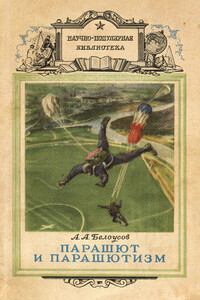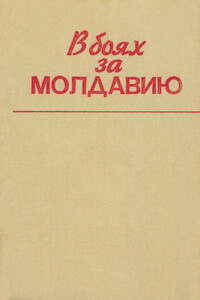This fully applies to the portfolio of documents related with the Russia's seizure of Port Arthur and the Quantung (now Liaotung) Peninsular. Only the fact that they had been totally out of the scope of historians' interest can explain why, quite paradoxically, those “acquisitions” have been considered a success of the Czar's diplomacy right to this day by all researchers, even the patriotically-minded ones.
However, even a cursory glance at these documents sheds a very different light on this historical period. In actuality it presents itself as one of the gravest failures of the Russian Foreign Ministry, bordering on a high treason case. Rather than the much talked about concessions at the Yalu River, it was the Quantung events of 1897–1898 that conditioned the tensity of the situation in the Far East, that stipulated and facilitated the preparation, by certain forces, of the 1904–05 Russo-Japanese War.
With the purpose of determining the natural role these events played in the context of Russia's multi-centennial advancement towards the shores of the Pacific Ocean, the treatise contains a brief overview of the historical background, beginning with the annexation of the Czardom of Siberia as a result of the Ermak's March. As we worked on it we found that there were unexpected omissions in the traditional accounts of our eastward progress to Amur, and further on to the transoceanic Siberia — the Russian America. This prompted the author to call the first part of the Trilogy, The Wind from the East, or The long Way to Port Arthur.
The second book deals with the numerous “oddities” related with Russia's preparation for the clearly anticipated military conflict in the Far East, traditionally attributed to the imperfection and lack of resourcefulness of the state controlling mechanism in the Russian Empire. When viewed systematically, all the steps taken by Russia in preparation for the war do instead form a cohesive stream of ventures, not subject to any arbitrariness or lapses. All those 'oddities' will rather present themselves as a series of energetic, well-planned and well-organized acts that led to the notoriously unfavorable conditions for Russia's involvement in the future conflict.
Book II also considers the very peculiar command of the Russian Manchuria Army, also traditionally explained away by the “lack of talent” in Russian military commanders. The documents and witness accounts presented in the book rather cause one to conclude that he commandment was indeed brilliant. The big question however is s whose interests were actually pursued?
For especially serious and politically correct persons may we note that the title of the second book in no way refers to any territorial claims, nor indeed to any other claims that Russia may have to China, but rather has the exclusively metahistorical meaning.
At the center of the Author's attention in this treatise was the Tsushima Battle, which is the subject of the third part of the Trilogy, in conjunction with the contemporary local and world-wide historical events. During this relatively short period, the forces that would normally prefer to stay back in the shade, had manifested themselves in full measure.
What did actually happen in the Tsushima Strait on May 14,1905?
In finding this out the author, who was investigating the circumstances of the Battle itself and the preceding events, was helped a lot by the witness accounts by those participants whom the author calls trustworthy.
This approach proved to be very productive. As a result, a practical criterion was developed for the assessment of the trustworthiness of the participants>9 accounts and vision of the historical events, which the author has called the Tsushima Criterion. The Tsushima Criterion may well be used as a practicable instrument for investigating any historical situations, especially of extreme nature.
It should be noted from the outset that Tsushima was treated not only as one military action of the Russo-Japanese War, important as it was, but as a salient geopolitical factor in the history of both Russia and the world at large, or metaphorically, its bifurcation point.



